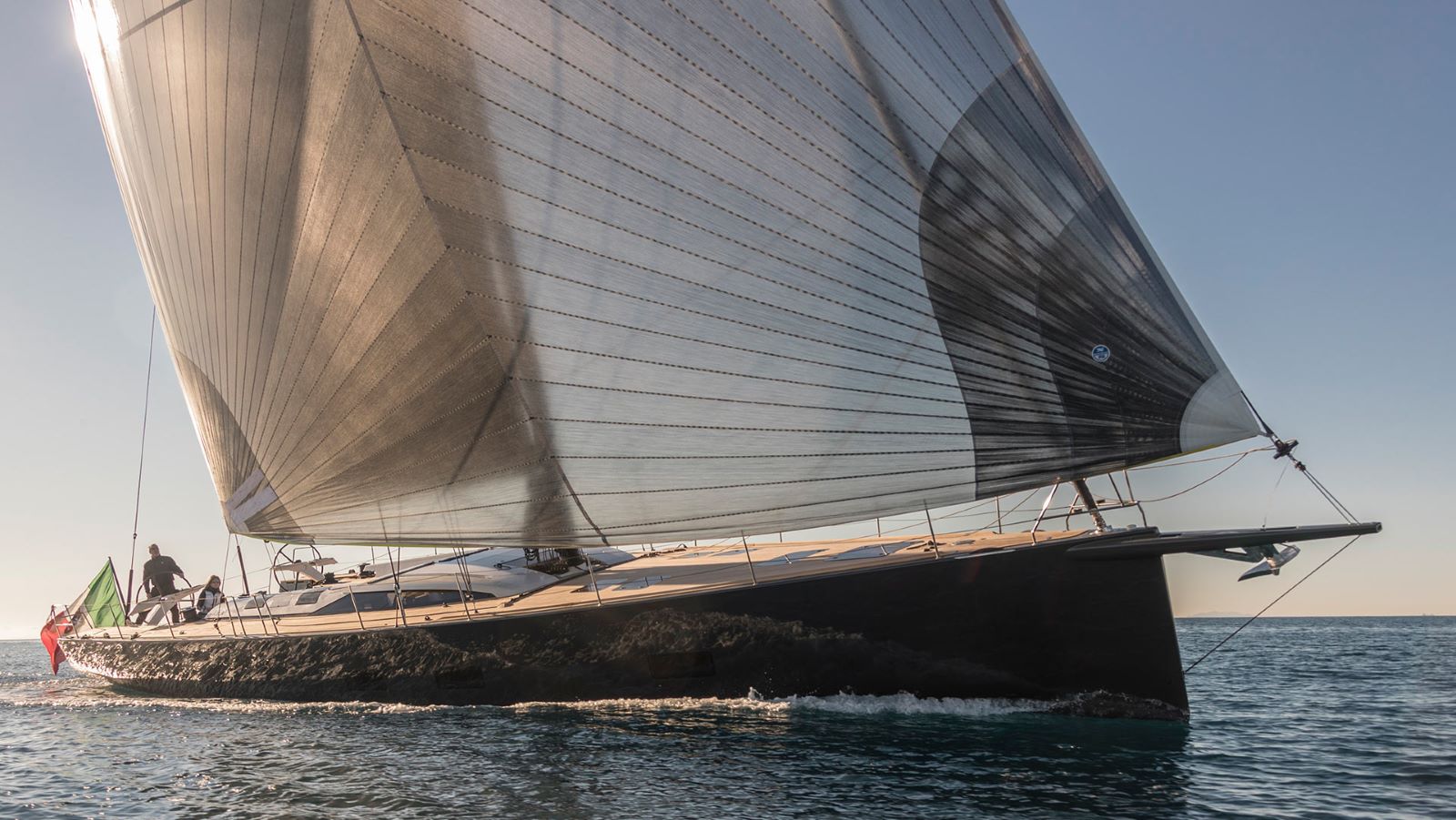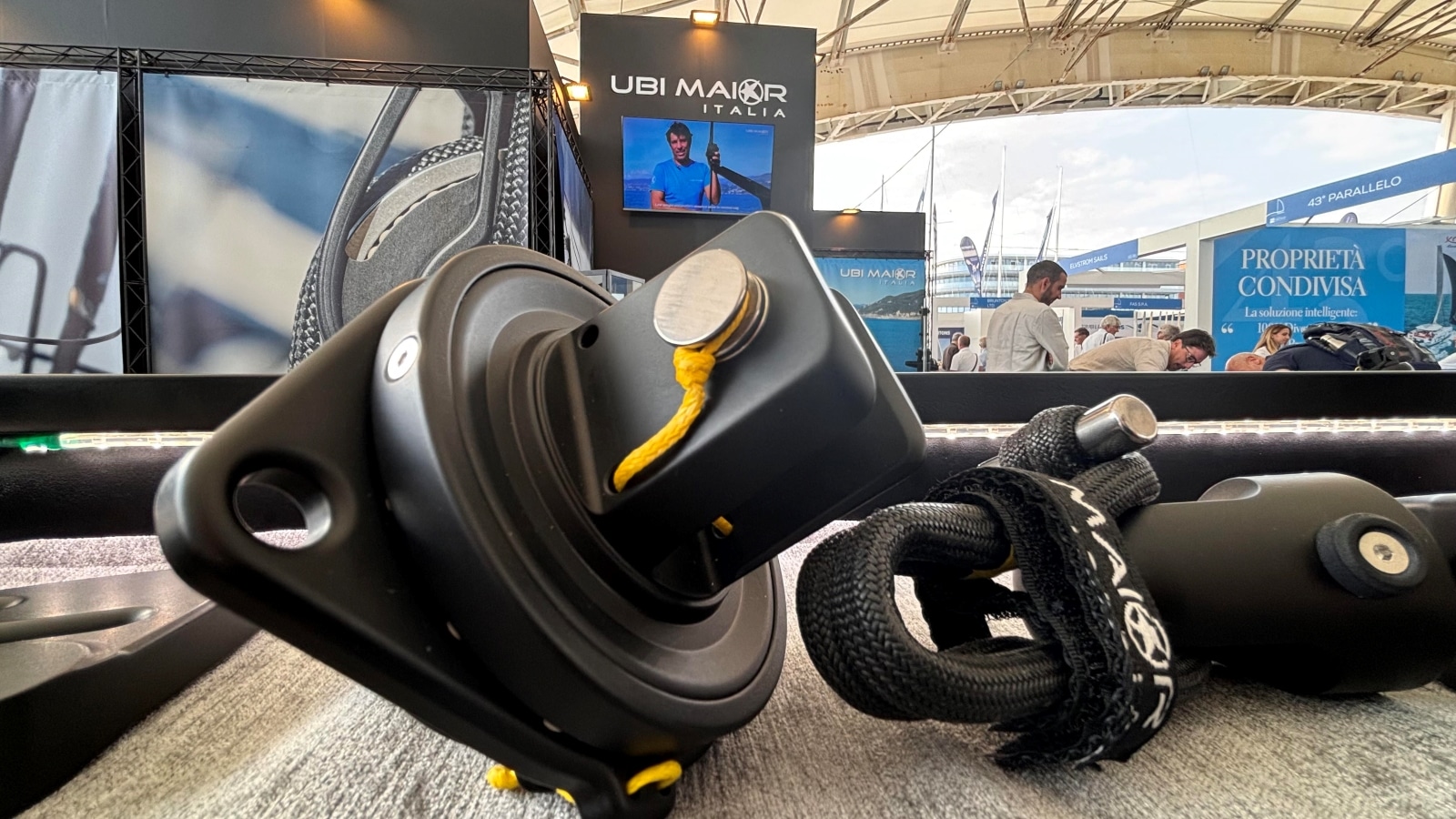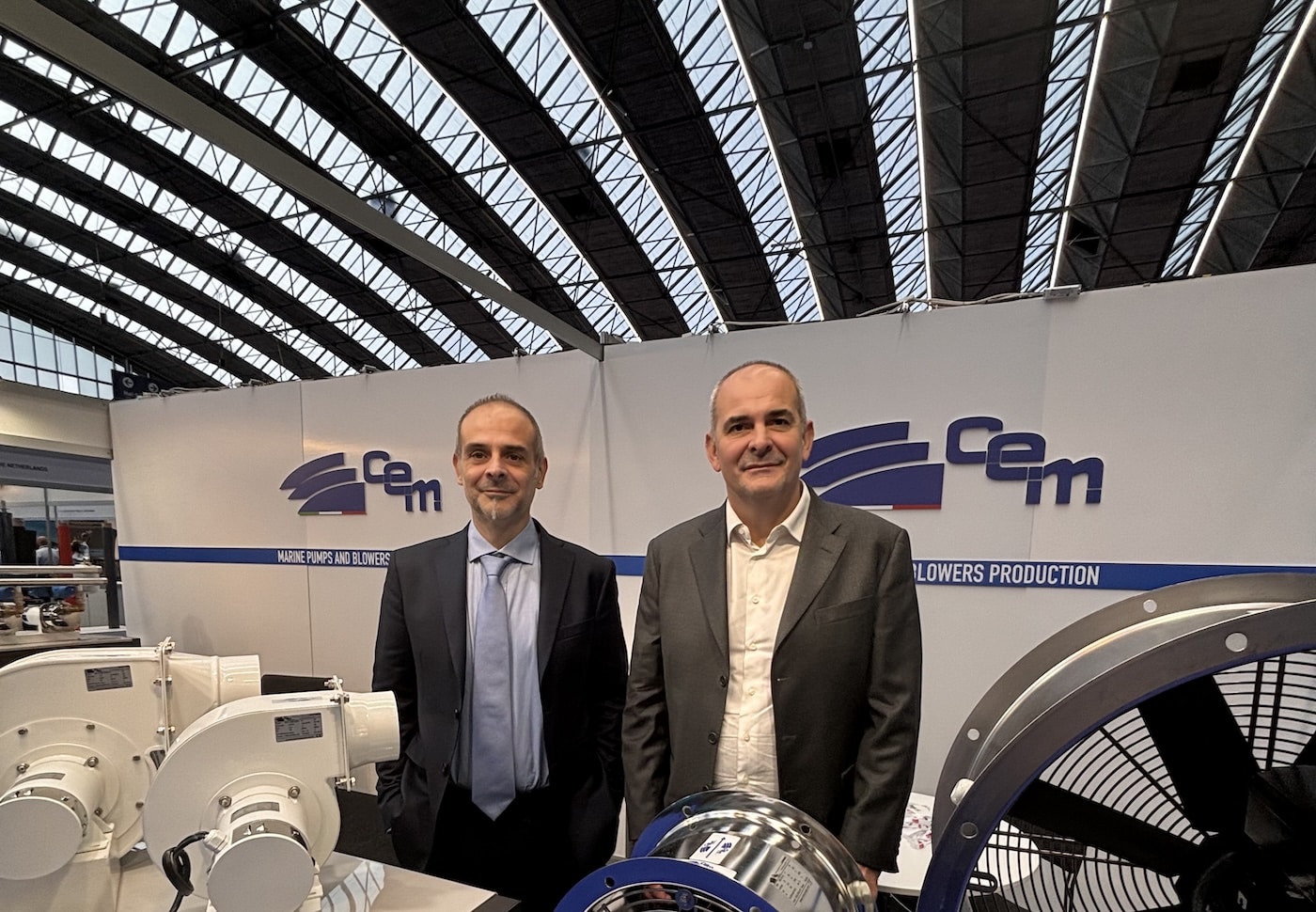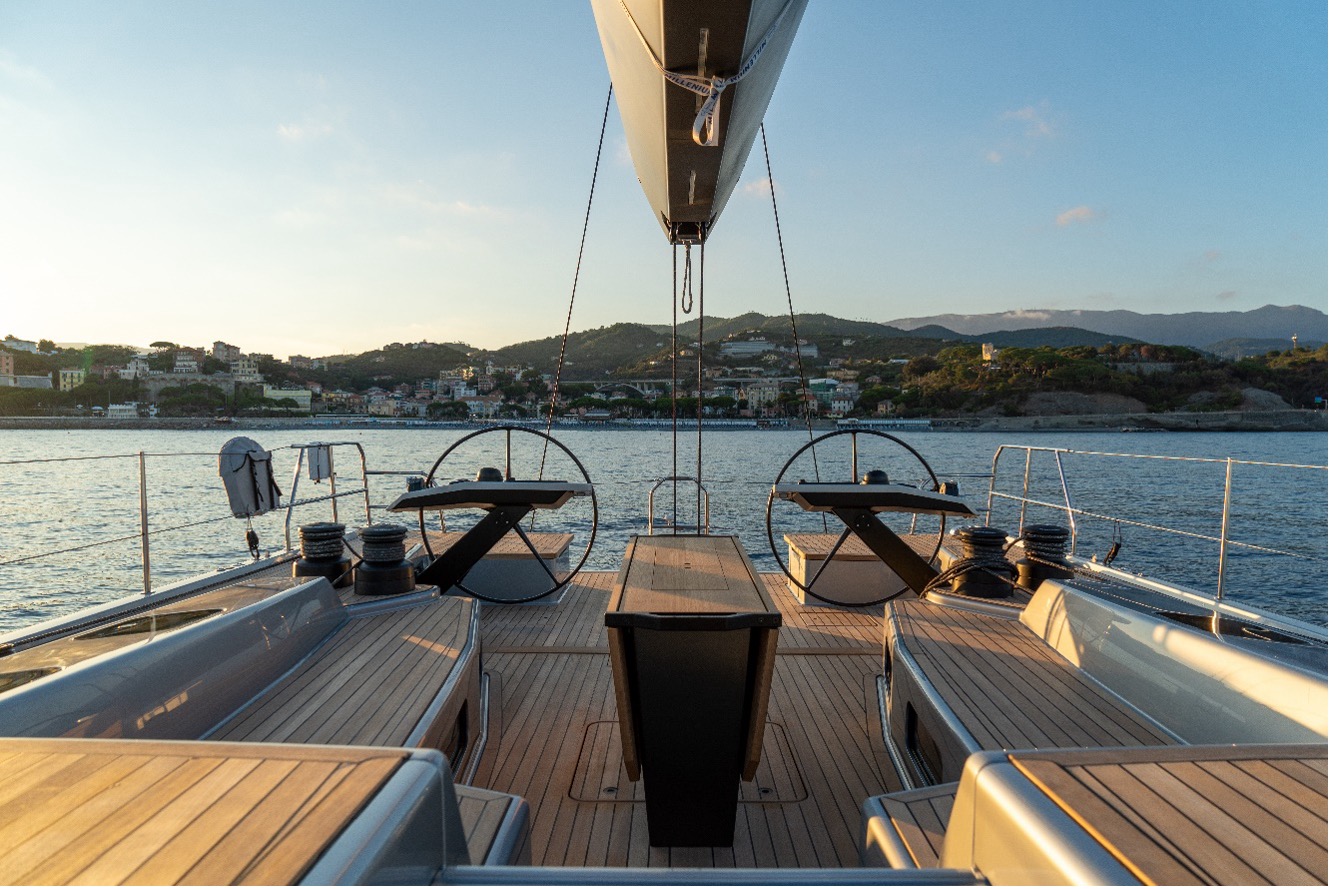Choosing the best furler for your boat’s headsail? In recent years, the idea that dominated since the early ’90s — a single furling genoa for all seasons — has been abandoned. Sailors are now differentiating between various headsails such as Code 0, staysails, solent, drifter, and jib.
The headsail furler has solved many issues, and today it is increasingly used for rigging both the Code 0 and the gennaker. However, choosing a furler isn’t so simple, and you often need to carefully consider many aspects before purchasing or modifying your onboard rigging. That’s why we turned to the experts at UBI MAIOR ITALIA for more details and advice.
The most important distinction is between a bottom-up furler and a top-down furler. It’s also important to note that a furler used for a Code 0 does not require an anti-twist cable, as it is usually integrated into the sail itself.
In a bottom-up system, for flatter sails with a luff rope, the furling action starts from the bottom, with the sail furling simultaneously. There’s a delay between the head and tack, resulting in a sail that is very tight at the bottom and fuller at the top.
When using a gennaker or an asymmetric spinnaker, you need to install an anti-twist cable and especially use a free tack. In this case, since the sail is not attached along the luff and the tack is free, furling will start from the top. This results in a much tighter twist at the top, while the bottom of the sail remains fuller.
On larger sails, the free tack was subject to significant stress, which is why UBI MAIOR was the first to introduce a conical bearing to reduce the load. Nowadays, many Code sails come with an integrated anti-twist cable, or, in some cases, sailmakers offer cableless technology (without the anti-twist cable).
The REWIND headsail furler is probably the “perfect solution” for managing both Code Zero and gennakers. In fact, it’s the world’s first furler with a patented disengageable ratchet system. The main advantage of this product is that it assists you during the sail furling process: the internal ratchet locks the sail from opening during furling. This means the loop can be disengaged even while furling, without the risk of the sail accidentally opening. Compact and lightweight, the REWIND was designed to prevent the sail from opening unintentionally, allowing you to keep it rigged while sailing.
To increase the load capacity of the free tack, cylinders are now used instead of spheres. This change increases the contact surface, offering greater resistance and better distribution of force.
Choosing the sail before selecting the furler is essential. You need to carefully evaluate the loads and the type of sail you’ll be rigging. Furling a non-luffed sail is much more difficult than it might seem, and having good deck equipment combined with a quality anti-twist cable can make a huge difference, especially when conditions become challenging and the crew isn’t as responsive or fully familiar with the maneuvers.
Based on how the boat is rigged, you’ll need to choose the appropriate accessories. For example, the furler requires proper attachments and equipment.
The fixed point where you attach and hoist the sail, especially for a Code 0, should allow for splitting the halyard with a tackle system. Different tackles can be used, like 2:1 or 3:1. The best rigging for a Code 0 is to have a 2:1 tackle at the top and another 2:1 at the bottom, when possible.



























